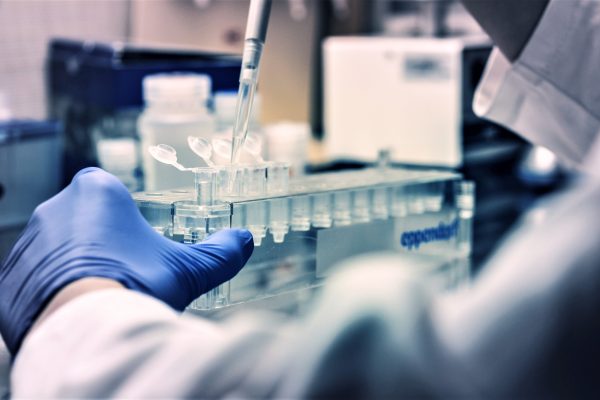
The war we do not see
A concept paper on modern explosives, metal pollution, and birth defects. Hans Husum, surgeon with…

A concept paper on modern explosives, metal pollution, and birth defects. Hans Husum, surgeon with doctorate in war surgery. husumhans@gmail.com Paola Manduca, professor in genetics, Genova University. paolamanduca@gmail.com

Soutenu par DCI-Palestine, les adolescents palestiniens du camp de réfugiés de Dheisheh créent un espace pour apprendre et pour tisser des liens avec leurs pairs au milieu de la violence de l’occupation. Par Fatima AbdulKarim, le 3 Octobre 2022

Law for Palestine, at the initiative of the Cairo Institute for Human Rights Studies, participated in a joint statement signed so far by more than 200 Palestinian, Arab and international human rights organizations. The statement condemns the Israel’s raids and closure of seven leading Palestinian organizations and urges the international community to support and protect…

Da “il Manifesto” del 12-8-2022 Nessun missile è stato lanciato verso Israele nei giorni antecedenti ai raid contro la Striscia. Eppure questi ultimi sono stati presentati come «attacchi preventivi», una giustificazione lacunosa secondo il diritto internazionale e dalla prospettiva di chi ritiene che i principi vadano applicati in modo equo a tutte le latitudini. E…

ECCP, a coalition of 40 organisations from 20 European countries, strongly condemns yesterday’s raids by Israeli army of seven leading Palestinian NGO’s, six of which it has already criminalised last year based on false allegations.

We are pleased to announce that the new NWRG project for 2022, supported with Otto per Mille funds from the Waldensian Church (granted in November, 2021) has delivered at the end of January, 2022 the first batch, of 3, of medical supplies. The support was delivered to the local Ministry of Health for use in…

Siamo lieti di annunciare che il nuovo progetto NWRG per il 2022, sostenuto con fondi Otto per Mille della Chiesa Valdese (concesso a novembre 2021) ha consentito dì consegnare alla fine di gennaio 2022 il primo di 3 lotti, di forniture mediche. Gli aiuti sono stati consegnati al Ministero della Salute locale per l’uso nei…

Brussels, 25 November 2021 Dear High Representative, As organisations based in Europe, we would like to alert you to the extremely serious situation created by the slander of the State of Israel against six of the most important and internationally renowned Palestinian human rights organisations: Addameer Prisoner Support and Human Rights Association, Al Haq –…

Gaza’s deepening crisis: humanitarian, economic and environmental disaster The Gaza Strip, 365 square kilometers enclave, has been under a blockade by Israel since 2007 through land, air and sea. By maintaining the total control over the land and all aspects of Palestinian life in Gaza, Israel exercises its most extreme form of occupation there. In…

Israeli authorities are committing the crimes against humanity of apartheid and persecution, Human Rights Watch said in a report released today. The finding is based on an overarching Israeli government policy to maintain the domination by Jewish Israelis over Palestinians and grave abuses committed against Palestinians living in the occupied territory, including East Jerusalem.